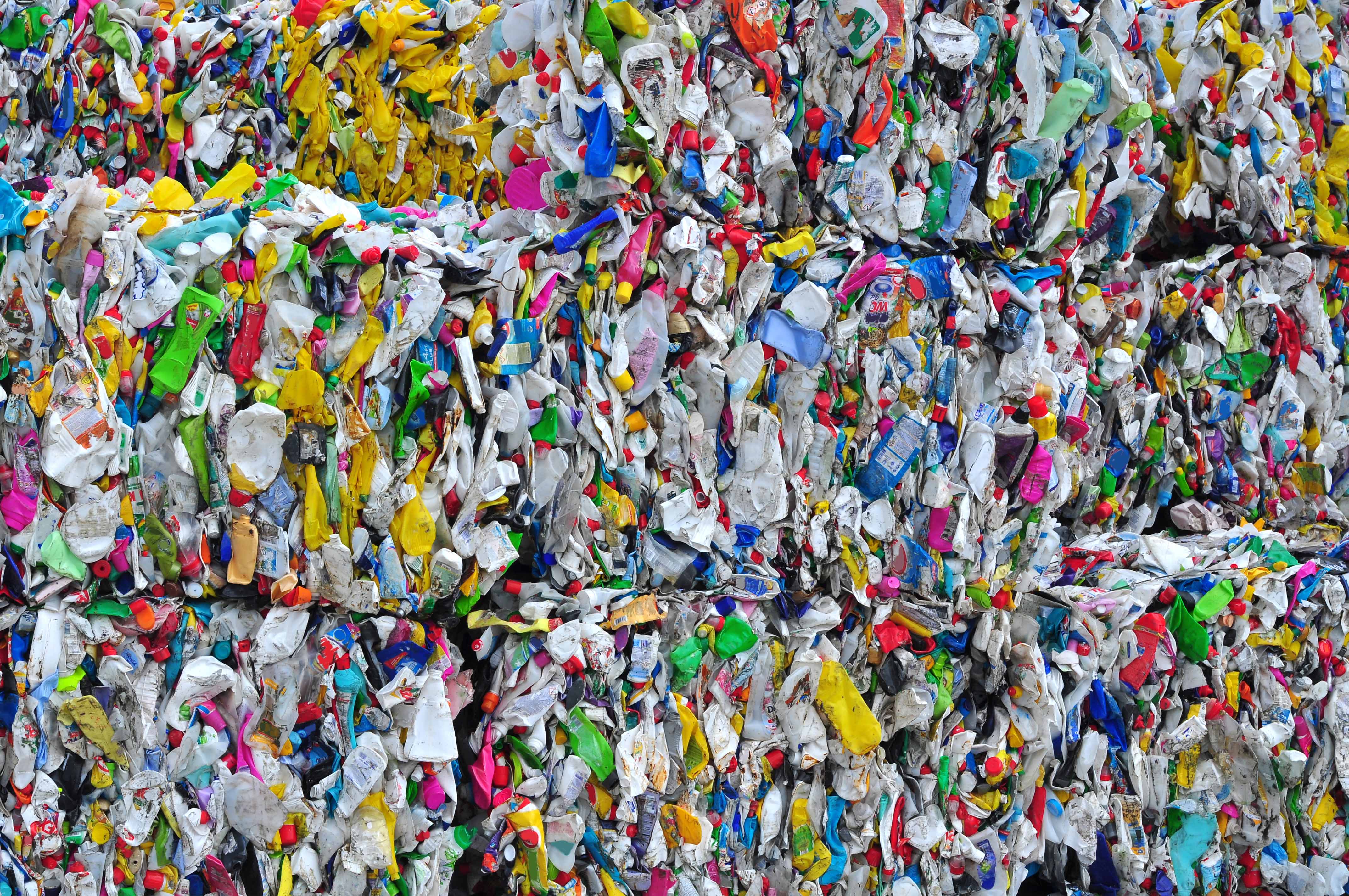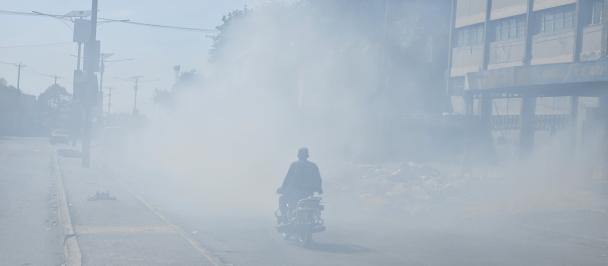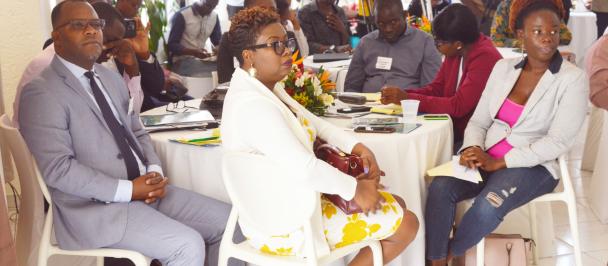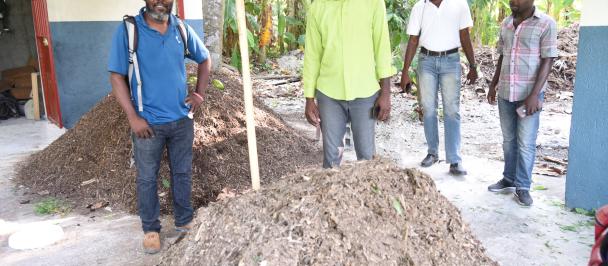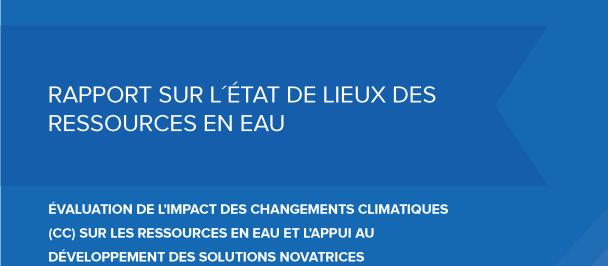By Mickens Mathieu, UNDP Haiti AccLab Head of Exploration
Solid waste management: reflection on the application of the 3 R theory in Haiti
27 décembre 2021
Adobe Stock / Meryll
Poor solid waste management is one of the problems that is obvious when driving around Haitian cities. According to World Bank datas, the 11 million inhabitants living in the country produce approximately 6,600 tons of waste in one day. However, only about 12% of this waste is collected by public and private institutions. This data implies that more than 6,000 tons of additional waste are polluting the daily scenery of the country's urban centers, that is more than 42,000 tons in a week, or more than 180,000 tons in a month. The Haitian government has made national commitments to address this problem through a series of plans and public policies. These include the Haitian Strategic Development Plan (PSDH). The Haitian Government has also made similar commitments at the international level through the 2030 Agenda for Sustainable Development and the Paris Agreement. Beyond government commitments, the results to be achieved in the area of solid waste management must come from the actions of all components of Haitian society. On this basis, the Haitian Innovation Acceleration Laboratory proposes a path of reflection and action based on the 3Rs theory.
A closer look around the 3 Rs
The authorship of the 3Rs theory has not yet been established. The first R stands for Reduce. It calls on the population to take appropriate measures to reduce the amount of waste produced in the course of production, consumption and distribution activities. This objective can be achieved by reducing the utilization of the number of goods of low quality or those that are thrown away shortly after being used. For example, straws, disposable dishes and plastic bags. The opposite of this proposal is also valid, in the sense that the production of better quality goods that last longer should be encouraged.
The second R refers to Reuse. It encourages the population to give a second life or find new ways to use objects and consumer goods, packaging, products that still have some value instead of throwing them in the trash after a single use. For example, a pair of used shoes can be repaired, shared or sold to a friend, relative or neighbor. This verb “reuse” also hides the idea of prioritizing durable and reusable objects, packaging, and containers in daily household activities.
The third R refers to Recycle. It indicates that most of the waste produced in the home and in institutions can be used to make new products that can validly replace the originals purchased some time before in the market. For example, newspapers, magazines, notebooks, books, etc. that are discarded in a jumble in the house, yard, garage or in the wilderness can be recycled into new sheets of paper that can be used to produce new newspapers, magazines, notebooks and books. Similarly, food scraps, banana or mango peels, for example, can be used to make compost, a natural fertilizer that is very useful for fruit and vegetable production in the home and the garden.
A look at solid waste management in Haiti through the 3Rs lens
Progress in solid waste management in Haiti is very low. Without a doubt, this situation can be explained by the weak application of the 3Rs measure by the population. In fact, behaviors towards waste reduction are not well observed among the Haitian population. Similarly, initiatives implemented by actors to achieve such an objective are rare, or localized in very small communities and for a limited time. To reduce the amount of waste generated by public markets in Haiti, measures could be taken to provide alternatives to the packaging of fruits and vegetables (mango, melon, banana) by madan sara as part of their agricultural sales activities in urban centers. This same idea is valid for the trade of plantain varieties sold in urban markets without having been demounted on the farms. Following this same line of thinking, beverage companies can increase sales of their products through reusable bottles and reduce sales of products sold in plastic bottles.
The ideas behind reuse are very strong in Haiti. Indeed, there is a strong tradition of repairing, exchanging, and selling used objects among the Haitian population. The transactions around used objects have been strengthened during the last decades due to deteriorating material living conditions and the liberalization of foreign trade, to the point that the country has become an important outlet for used goods and materials from North American countries. The market of used products from abroad does not honor the productive capacity and customs of the Haitian population. In addition, it reduces to their simple expression the activities of the sectors enjoying a strong cultural significance, such as those related to sewing, shoemaking, embroidery and crafts. Therefore, it would be best to reduce the import of used objects and to strengthen small and medium-sized enterprises specializing in the above-mentioned sectors. At the same time, mechanisms that strengthen the traditions of exchange and repair of used products, as well as those related to the production of sustainable objects, should be implemented by governmental entities, private and community enterprises.
As far as recycling is concerned, remarkable efforts have been made by private companies in the last decades. The most prominent recycling companies in the country specialize in the transformation of certain plastic waste into pellets for the international market and packaging for the local market. Companies such as Haiplast Recycling SA, E Recycling and Environmental Cleaning Solutions (ECSSA), fall into this category. Another company, Haiti Recycling-GS Solutions, which collects and exports scrap metal to supply metal recycling companies outside the country. Substantial efforts should be made to increase the recycling capacity of these companies, to increase their number, and to diversify their presence throughout the country, especially in the principal towns of the ten geographic departments.
The same efforts should be made in the recycling of organic waste, which is the most important component of the waste deposits encountered in the country. In parallel with these interventions, the number of collection centers should be increased and the population should be made aware of the importance of sorting their waste for recycling.

 Locations
Locations